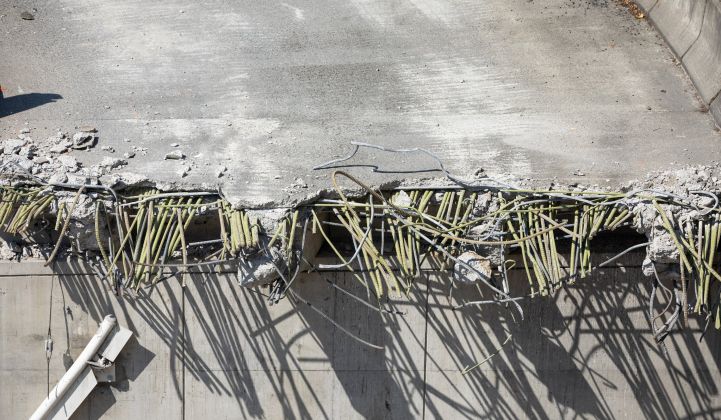America’s physical infrastructure is in the dumps. The American Society of Civil Engineers regularly gives the country’s infrastructure a near-failing grade.
We need to rebuild a lot of stuff. Hardening our roads, grids, buildings and transit systems has a climate context to it: We need to do it better and we need to do it cleaner.
This week, we are exploring the cleantech opportunities in physical infrastructure. What are the most compelling trends shaping the way we optimize our electrical equipment, pipelines, streets, homes and buildings?
This conversation is based on Shayle Kann’s piece, titled “The World Around Us.”
We’re breaking the conversation into four parts:
- The geospatial revolution: how the combination of new sources of geospatial data (satellites, drones, sensors), combined with the data revolution, will allow us to gain a real-time operational picture of our infrastructure and ultimately to optimize it.
- The culture of resilience: how increasingly frequent natural disasters will start to make investing in resilience (via anything from batteries to building retrofits) mainstream.
- The re-platforming of our streets: how the arrival of new modes of transport (autonomous, micromobility, package delivery) will force us to rethink the orientation of our streets, which are currently designed for a single master – the passenger vehicle.
- The impacts of 100% clean: how all the commitments to 100% will force us to confront the biggest challenge we’ll face in electricity for the next few decades, namely, how to unlock grid flexibility, particularly behind the meter.
Support for the Interchange comes from Schneider Electric, the leader of the digital transformation in energy management and automation.
Support for this podcast comes from PG&E. PG&E is helping to electrify corporate fleet vehicles. Get in touch with PG&E’s EV specialists to find out how you can take your transportation fleet electric.



